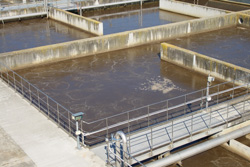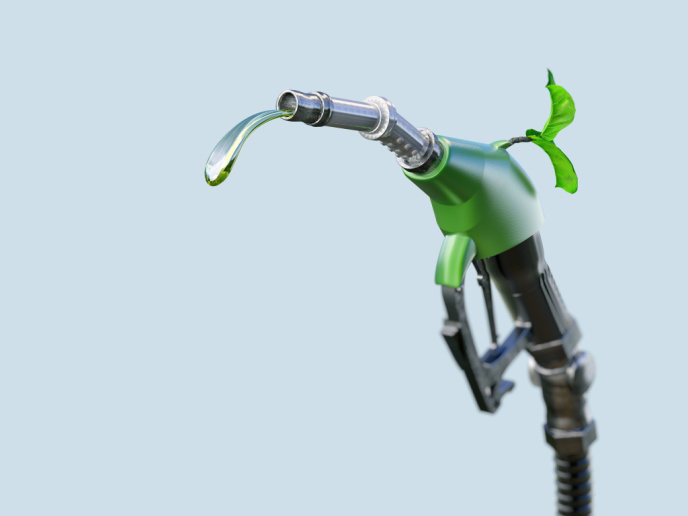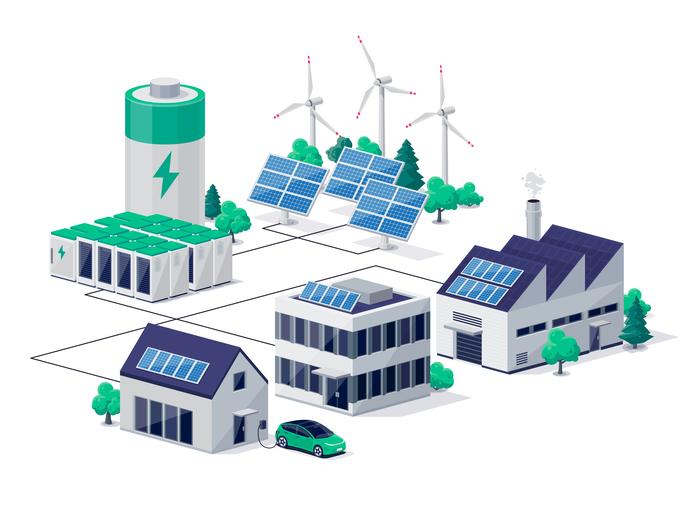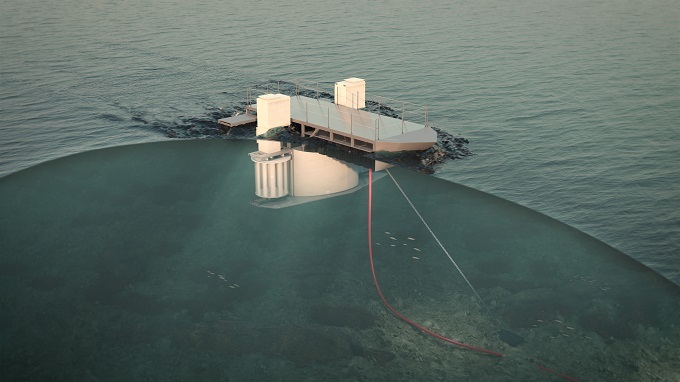Ozone microbubbles work their magic on wastewater
The European Union's Water Framework Directive puts stringent standards in place for water quality. Effective treatment of wastewater is an integral component of any water management scheme. This aspect is particularly challenging in the EU's newest Member States where treatment technologies are frequently outdated. The 'Development of advanced wastewater treatment with ozone oxidation and flotation technique for maximum water reuse' (Adoxpol) project sought to address this need through innovation. As such, the EU-funded project worked to design and construct a prototype wastewater treatment system. The primary means of treatment is the introduction of ozone to the wastewater treatment flow. In order to maximise the surface area of ozone molecules exposed to the wastewater, ozone microbubbles are generated and evenly distributed into the flow. In addition to ozone flotation, the Adoxpol prototype also incorporates a highly effective mesh filter with extremely small pore size. Feedback is provided to the system operator via a computer terminal. The software also enables the operator to control the amount of ozone microbubbles released so as to optimise water quality parameters. Tests at a slaughterhouse and fish oil plant revealed that the tough water quality standards currently in force could be met. The Adoxpol consortium plans to expand to other players in the food processing industry as well as manufacturing. By treating wastewater more effectively, this technology will also help increase reuse of water, a limited natural resource.







